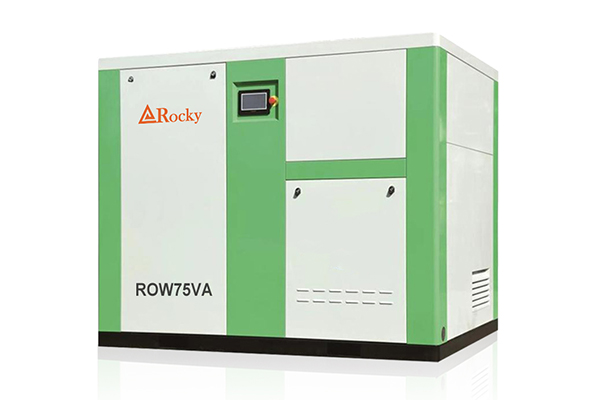
For users, you should pay attention to whether the cylinders you receive have any safety hazards. For safety reasons, the manufacturer of the nitrogen compressor should also be checked during bottling, and the user should also perform a second inspection.
1. Color coding and labeling
Although the cylinder is color-coded, you should not rely on it to identify the content. The label affixed to the cylinder must always be used as the primary means of content identification. Cylinders without labels or cylinders with labels that do not match the color code should not be used. They need to be shelved or quarantined, and then returned to the supplier. If any cylinder does not have an attached identification label, it must be rejected at the time of delivery.
After determining the contents of the gas cylinder, it is necessary to check whether the gas is suitable for the application. The air pressure in the cylinder should not exceed the installed regulator, and the cylinder needs to be fixed so that it does not tip over, ideally in a dedicated cylinder block or gas storage tank.
2. Cylinder valve
When leaving the factory, the cylinder valve is installed on the cylinder. It is basically a valve that is opened or closed with a key or wrench. Then install the pressure regulator. If the valve is on a newly installed, unused cylinder, it should be factory sealed. Check to ensure that the parts are intact. It is important that there are no traces of solvent, oil, grease or PTFE tape, and dust and moisture must be removed. Please note that PTFE sealing tape must not be used because the pressure regulator has its own rubber seal. If used with certain gaseous substances, PTFE can cause fire/explosion.
3. Pressure regulator
Check if it has a date stamp or code, and the inspection period is usually 5 years.
Check to ensure that the identification and grade label are consistent with the manufacturer's name and/or identification and are applicable to the gas type.
Check that it complies with the local standards for pressure regulators and that the pressure gauges are marked as complying with the appropriate local standards, for example, ISO 2503 for pressure regulators, ISO 5171 for pressure gauges, unmodified or unauthorized repairs.
Check for general signs of damage or unauthorized modification, and externally check that the pressure relief valve is intact and does not require modification or unauthorized maintenance. Check internally whether they are not blocked.
Check the cylinder connections to make sure they are free of oil, grease, solvents, debris, PTFE and perpendicular to the regulator body. Check whether the regulator pressure gauge is installed in place and the correct gas type and gas pressure scale. The clean cover should be located where the needle correctly reads zero, not under the stop rod or bent.
Check whether the pressure rating is suitable for the cylinder pressure. Check from the outside whether the pressure relief valve is in good condition, whether it needs modification or unauthorized repair. Check internally whether they are not blocked.
Check whether the outlet pressure adjustment range is suitable for the application and the pressure level of the downstream equipment.
Finally, check whether the rear cover is in place and whether the pressure relief cover due to an overpressure event is in place.
The two inspections greatly reduced the potential safety hazards of nitrogen. When you are more important in bottling, oxygen compressors and hydrogen compressors, everything is safe.